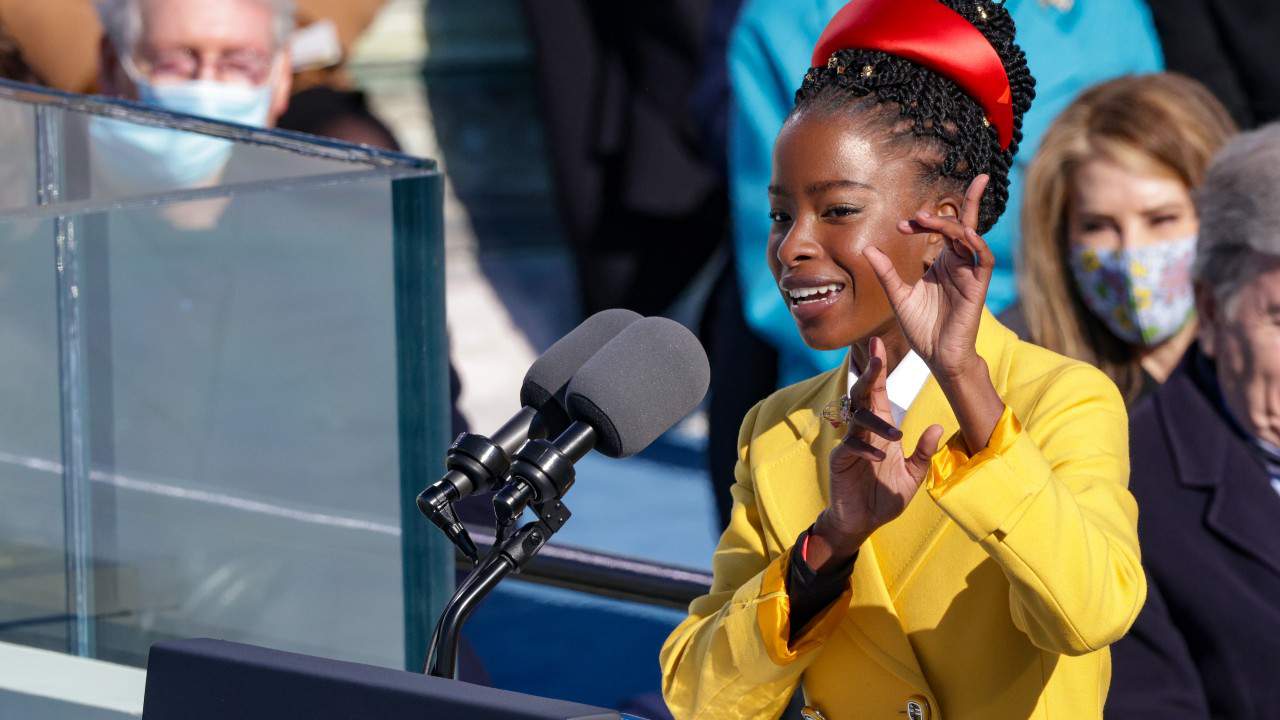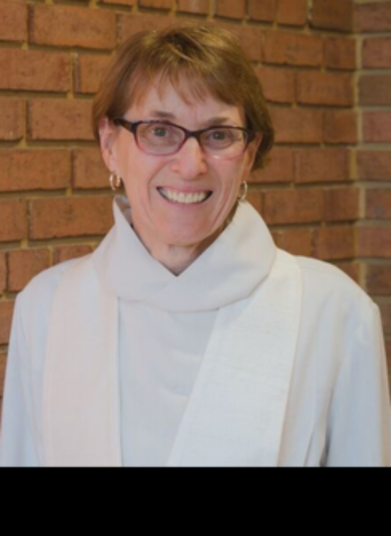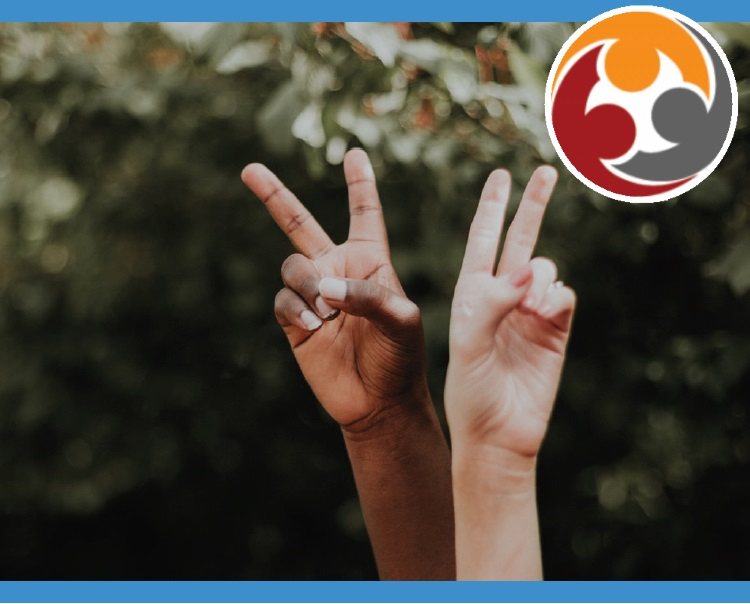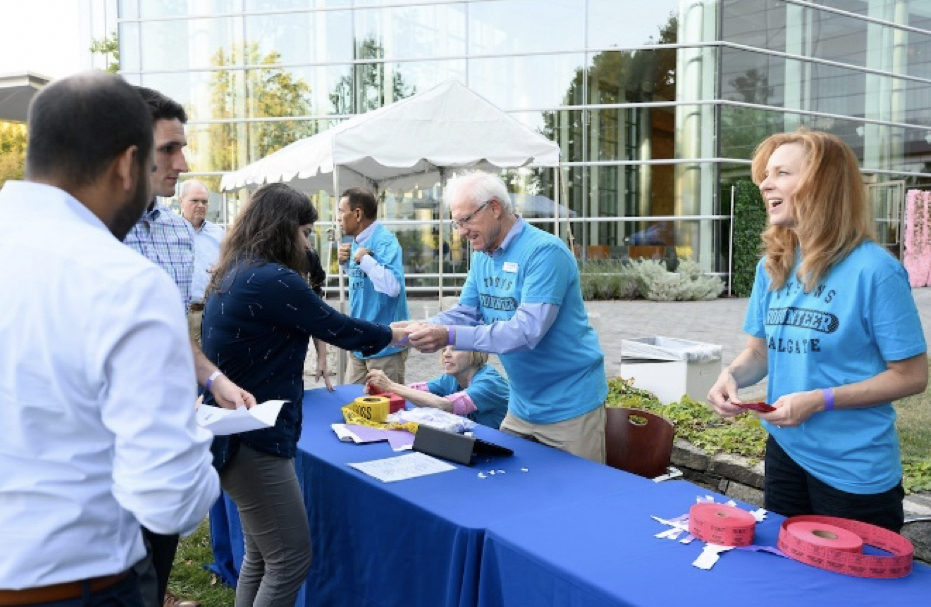
The following blog post is the expressed opinion of the writer and does not necessarily reflect the views of Tysons Interfaith or its members.
Learning From A Shepherd
After thirty-five years in the military and twenty years in business, I find myself team teaching leadership to high school seniors. January sixth was a challenging moment to handle all their questions. But as a person of faith, I naturally turned to prayer to guide my responses to their questions. An idea came to thought from a poem by the Discover of Christian Science, Mary Baker Eddy. The poem begins, “Shepherd, show me how to go o’er the hillside steep…”. Responding to this guidance, I quoted from the King James version of the Bible from Gospel of Mark: “Jesus, when he came out, saw much people, and was moved with compassion toward them, because they were as sheep not having a shepherd: and he began to teach them many things.”
My challenge to these students was to have them look deeply into the qualities of this great shepherd to see how he led and why people of diverse backgrounds followed him? After a couple of weeks of instruction and discussion, I asked them to share inspiration and gratitude they had gained. Imagine my thrill when someone read” The Hill We Climb” written by Ms. Amanda Gorman, the National Youth Poet Laureate which she read at the Presidential Inauguration. Her beautiful poem included the line “If we merge mercy with might, and might with right, then love becomes our legacy in change, our children’s birthright.” Love is a leadership quality. In Henry Drummond’s book, The Greatest Thing In The World, he tells the reader that love has nine ingredients that should be universally shared: patience, kindness, generosity, humility, courtesy, unselfishness, good temper, guilelessness, sincerity. Our leadership class agreed that Ms. Gorman’s poem included all these enduring leadership characteristics.
Can we substantially learn from others? Many would place me in a category of being “over the hill” and would call the teenagers I work with as “immature”. But one of the tenets of my religion states “And we solemnly promise to watch, and pray for that Mind to be in us which was also in Christ Jesus; to do unto others as we would have them do unto us; and to be merciful, just, and pure.” Daniel was a teenage shepherd while Moses was at the other end of the spectrum, yet both were leaders who let God speak through them to others.
People of faith can find the opportunity to share and to bless. I know I was blessed when my student recognized the gifts and wisdom of Amanda Gorman and was inspired to embrace these same leadership (shepherding) qualities with the class.

How has your faith community responded to the challenges of the year 2020 to meet the needs of your congregation/faith community, the larger community and our nation and world?
The following blog post is the expressed opinion of its writer and does not necessarily reflect the views of Tysons Interfaith or its members
Lutheran Church of the Redeemer, McLean
November, 2020

Pastor Sandy Kessinger
Lutheran Church of the Redeemer
1545 Chain Bridge Road
McLean, VA 22102
Church Office: 703-356-3346
Email: church@redeemermclean.org
COVID-19 has changed our way of living, but it has not stopped us from being able to do the things that are essential for the work of the church – worship, Biblical studies, faith formation (Sunday School), and engagement in our community and world. It seems like the virus will be with us for the foreseeable future so we are making decisions that will enable us to stay safely connected and active in real and powerful ways.
Sunday Worship
On August 23, 2020, we held our first In-Person Sunday Worship since March 8. It was wonderful to see everyone even if from a safe distance. Each Sunday, we offer in person and living streaming of the Traditional Service at 9 am and the Contemporary Service at 11 am. Attendance at each service is limited to thirty people, and masks are required for the safety of all. To sign up to attend a service, live stream a service, or to view it later, one can visit our website: https://redeemermclean.org/home
Biblical Studies
We are offering our members many options to be engaged in the Word this fall via Zoom. These include: weekly Bible Studies; an on-going faith conversation on prayer based on the book, Prayer (Does It Make Any Difference?) by Philip Yancey; Table Talk (Adult Study) – a lively discussion group that meets at 10 am on Sunday mornings to discuss issues of faith and life in the contemporary church; and Faith Formation (Sunday School), Confirmation, and High School Faith Formation groups. Sound interesting? Give us a call!
Redeemer Preschool and Redeemer Renaissance Day Programs
Both the Redeemer Preschool and Renaissance Day School programs have resumed operations in accordance with guidelines issued by the CDC and Virginia Governor’s’ office. We believe that continuation of these programs is an important ministry for the children and families of our community, particularly in the COVID era. Both programs currently have a waiting list, but additional information can be found at https://rlpmclean.org/ and http://afterschool.redeemermclean.org/afterschool/ .
Making a Difference in our Community and World
Redeemer is a collection site for SHARE of McLean, which continues to see a high demand for assistance during the current Pandemic https://www.shareofmclean.org/. In addition we provide support to Britepaths https://britepaths.org/; Lutheran Social Services https://lssnca.org/; and Lutheran Disaster Relief, which provides assistance to those whose lives have been impacted by disasters in the US and around the world https://lssnca.org/.
Redeemer is a founding member congregation of an active participant in Tysons Interfaith.
For Love of God and Neighbor (Anti-Racism Ministry Team)
The current climate of our nation has brought together a group of Redeemer members to discuss how best we, as a congregation, can become involved in efforts to resolve the many injustices our neighbors are experiencing, especially people of color. These conversations are on-going. We are committed to doing all that we can to bring about a more just society.

January, 2021
On November 15, 2020, approximately forty people participated in an on-line discussion entitled, “Do You Feel A Call to Take Action?” The conversation focused on the issue of racism in our country and was a continuation of the “Oneness of Humanity” series begun by Tysons Interfaith in August 2020. In previous sessions, leaders of various faith communities inspired us with their tradition’s fundamental rejection of racism in all its forms.
Here are some key points raised by participants in response to the three questions posed.
- What has been learned about racism in our country during the pandemic?
- For many, this time has been a real eye-opener to the extent of racism in our country.
- This includes the depth of systemic racism and the great disparities in health care, education, criminal justice, housing, employment, and income inequity by race.
- Racism has become more visible, to the point we can “feel it” as we watch the personal pain and suffering of others daily on broadcast and social media.
- Many have learned we can no longer simply watch; we feel called to get involved.
- If you are not part of the solution, you are part of the problem.
- Awareness of the extent and impact of racism has stirred action and protest by people across all cultures and age groups – not just by those who are victims of racism.
- We must be honest with ourselves in assessing of our own personal racism.
- Elections do not guarantee change; politicians cannot fix this alone. We all must take action.
- Different groups have been affected disproportionately by the pandemic.
- “Denial” is the heartbeat of racism (quoted from author Ibram Kendi).
- Many Americans seem entrenched in a lack of concern for others in their communities.
- How do we shift human consciousness to rectify policies that sustain racial inequity?
- People of faith can build relationships.
- There is a great divide; we can put our faith into action to bridge that divide.
- Shift thinking from “what’s in it for me” to “what’s in it for my community or for society at large.” Life is not “all about me.” We each are part of a larger community.
- Support political candidates who share our values on race and communicate with them regularly regarding our personal views on race issues.
- Increase awareness through self-education – books, articles, dialogue with others.
- Education, education, education.
- We must reach out to those people who remain oblivious to racism or are resistant to change.
- Cautions:
- Information overload can cause us to shut down.
- In general, we live and worship in segregated communities.
- We must own our history – but positively so: what have we learned and how do we correct inequities?
- Diverse cultures can agree; we must dialogue with neighbors, co-workers, etc.
- Understand who you are – and how you arrived where you are. Now is a great time for self-reflection.
- What is positive in the chaos we are experiencing that can enable us to build to a better future?
- Racism awareness has increased; many feel hopeful this will lead to positive change.
- We saw record voter turn-out in the recent election.
- People want to become involved.
- Being “locked in” we have had time to learn and to reflect on what a more equitable future might look like.
- We are encouraged by young people who have become actively involved.
- Being uncomfortable is good; discomfort moves us to action.
- People of faith can be people of reason in the debate and in actions going forward.
- Time is precious; don’t waste it.
- The importance of leading by example – and what happens when there is no leadership.
Open Discussion
- We must simultaneously serve immediate needs (e.g., hunger, housing) but also must change the long-term policies that create those immediate needs; not an either or choice.
- Hate covers fear; if you hate, you must fear something. What are you afraid of?
- School to prison pipeline. People do not understand how that works.
- Be a good listener; that’s how you can understand your own moral compass.
- People of privilege must realize their privilege, not apologize for it; then use that privilege to help those who are not so privileged; not sharing from a point of “superiority” but from simply a motivation of love; we honor all of humanity.
- Many decisions about and judgements of people – from birth to death – are made about them based on the color of their skin.
- Content of character – our own and others – is what’s most important.
- We must show love not only to those victimized by racism but also to those perpetuating racism.
- Love your neighbor as yourself.
- How we see color – and what we associate with that color – affects our immediate response.
- Easy availability of guns puts burden on police to assume everyone is armed to the teeth.
- Black kids are not perceived as kids – they are perceived as a threat.
- What gives us hope – the generation of kids growing up now. (Fairfax County is a very racially diverse area.)
Summary
If people of faith don’t take the lead, who will?
The breakout room reports and group discussion may be viewed at:

January, 2021
Tysons Interfaith is an organization of diverse faith partners striving to create opportunities for spiritual connection, growth, learning and service with those who live, work, and play in the area previously known as Tysons Corner. We formed in response to Fairfax County’s Comprehensive plan for the Tyson’s area which envisions the development of ‘America’s Next Great City’ with 100,000 residents and 200,000 jobs by the year 2050. However, there are no faith communities within Tyson’s boundaries. While we recognize the challenge of fitting houses of worship into a plan for a contemporary city, we are also convinced that those within Tysons would be well-served and their quality of life enhanced by the presence of and ministries provided by a variety of faith communities.
The communities making up Tysons Interfaith began meeting in 2013. Our initial efforts focused on service projects such as raising awareness about the problem of teen sex trafficking in the area and putting together ESL classes for low-income workers in Tysons. We provided volunteer support for events such as the Tysons Tailgate (benefiting Second Story, a teen shelter) and mentoring opportunities sponsored by Northern Virginia Family Services. At the beginning of 2020, we started a series of “Community Conversations” to hear from residents directly about their ideas for building a sense of community in Tysons.
Then COVID-19 came. And with it, nation-wide protests over the killing of George Floyd and so many other Black Americans, and the long-simmering anger over unaddressed racism and intolerance in our society. The multi-pronged crises of 2020: the health, economic and social justice challenges, and the divisiveness and incivility we were witnessing in public discourse gave an added sense of urgency to our work at Tysons Interfaith.
In August 2020, we began a series of on-line discussions about what the concept of the “Oneness of Humanity” means from a variety of faith traditions. These events have been powerful and well-attended (averaging fifty participants) and led us to further explore how people of various faith traditions are called to ACT to bring about a more equitable society.
Over the years, we who volunteer with Tysons Interfaith have had our lives enhanced in so many ways: by the great friendships we have formed; by finding that our faith traditions and spiritual practices share many of the same values; by supporting one another, particularly in the face of intolerance and bigotry; and by understanding that, together, we can be a powerful voice for good in the world. In the Christian faith, we are called to love God and to love our neighbor as ourselves. We have seen this in action at Tysons Interfaith. We hope you will join us!
This blog post is the expressed opinion of its writer and does not necessarily reflect the views of Tysons Interfaith or its members.
